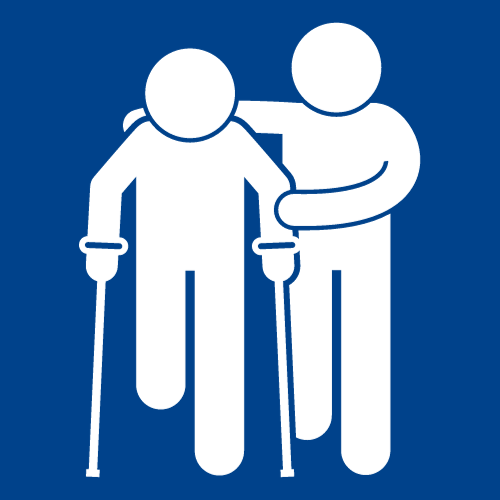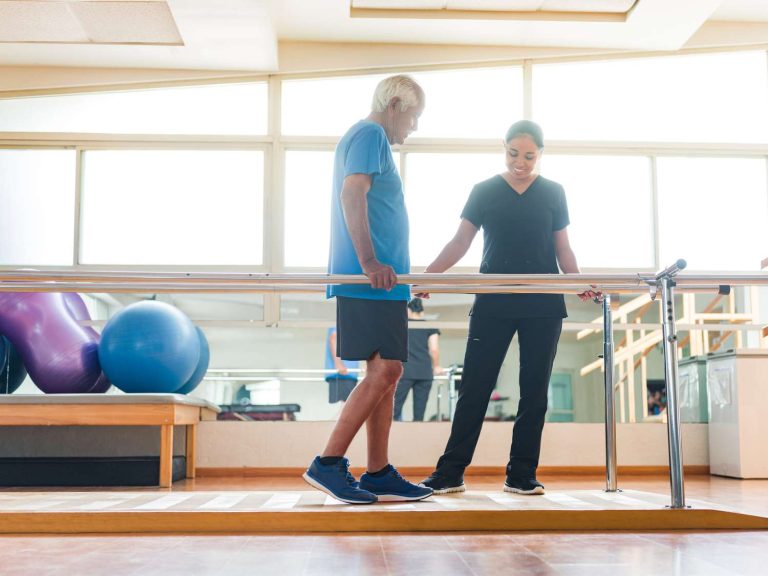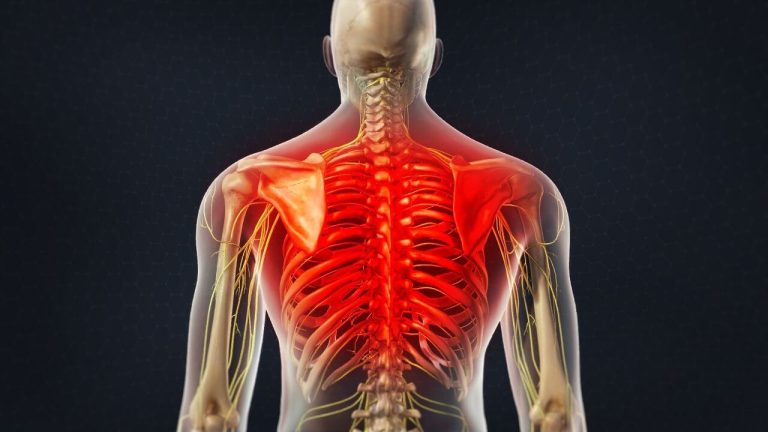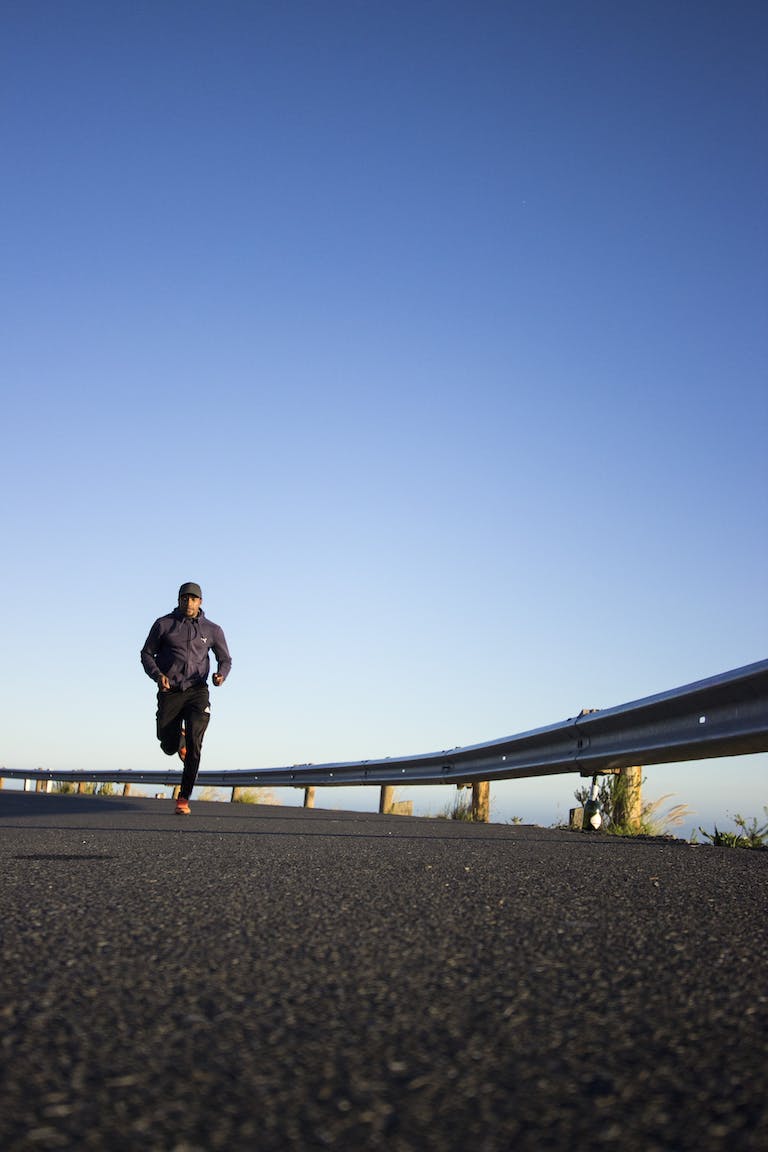Lateral ankle sprains (LAS) account for 10-30% of all sports injuries, and are also common in non-athletic populations. Recurrent LAS are common, and evidence suggests that those with previous sprains are twice as likely to have repeated injuries. Many people who have LAS are not adequately rehabilitated to overcome their current injury or to prevent re-injury. In fact, most are not rehabilitated or educated at all. Medical literature supports conservative treatment with early functional rehabilitation for LAS.
When compared to control groups, LAS patients who undergo an active supervised rehab program that includes manual therapy techniques demonstrate significantly improved function, reduced pain, and have about a 30% reduction in recurrent sprains.
Goals of Rehabilitation
The primary goals of LAS rehabilitation are rapid pain relief, full restoration of range of motion, and proprioception, thereby restoring full activity as soon as possible.
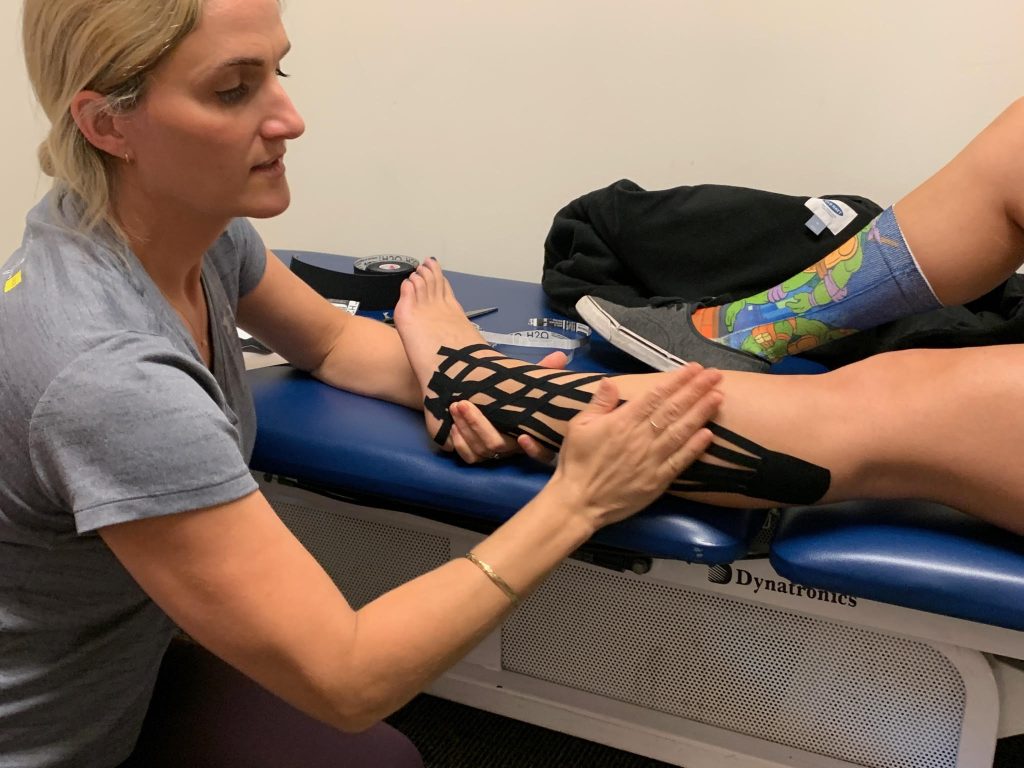
Key Components of Rehabilitation
I advocate a four-part rehabilitation program for the treatment of LAS:
Phase 1 (Acute Phase)
Involves rest or relative rest, compression, elevation, and ice. We also begin non weight bearing range of motion exercises and walking as tolerated.
Phase 2 (Transition Phase)
Emphasizes restoration of full ankle ROM through appropriate exercises and manual techniques. We transition to weight bearing exercises during this phase and begin early proprioception and balance exercises.
Phase 3 (Strengthening Phase)
Emphasizes muscle strength, moderate to high-level proprioception exercises, balance and return to full function (non-athletic). This is generally the final phase of treatment for the non-athlete.
Phase 4 (Return to Activity)
Emphasizes full return to activity for the athlete. I use sports-specific activities and high-level exercises to ensure the patient is ready for discharge. An individual’s progression through these phases is variable, it is my responsibility to ensure each patient is ready before I advance his/her program.
Measuring Outcomes
I use the Lower Extremity Functional Scale (LEFS) to measure the results of my rehab efforts. This is a self-report questionnaire scored from 0 (very low function) to 80 (very high function). The LAS patients I have treated had an average initial score on the LEFS of 43/80, and the average final LEFS rose to 67/80. The average number of visits to achieve these results was 10.
References
- McKenzie, R., & May, S. (2000). The Human Extremities: Mechanical Diagnosis and Therapy. Wellington, New Zealand: Spinal Publications New Zealand Ltd.
- Van Ochten, J. M., Van Middlekoop, M., Meuffels, D., & Bierma-Zeinstra, S. M. (2014). Chronic Complaints After Ankle Sprains: A Systematic Review on Effectiveness of Treatments. JOSPT, 44(11), 862-871.
- Cleland, J., Mintken, P., McDevitt, A., Bieniek, M., Carpenter, K., Kulp, K., et al. (2013). Manual physical therapy and exercise versus supervised home exercise in the management of patients with inversion ankle sprain: A multicenter randomized clinical trial. JOSPT, 443-455.
